TL:DR – A few examples of plants and animals that use disguises.
Lots of animals and even plants have evolved to have a visual resemblance to other organisms. The flowers of the Bee Orchid as the name would suggest look like female bees and as such attract roving male bees who alight on the “female” hoping that they’ve found a mate. In so doing, they inadvertently pick up pollen from the male part of the flower and this is transferred to female parts of the next “mate”, thus pollinating the plants.
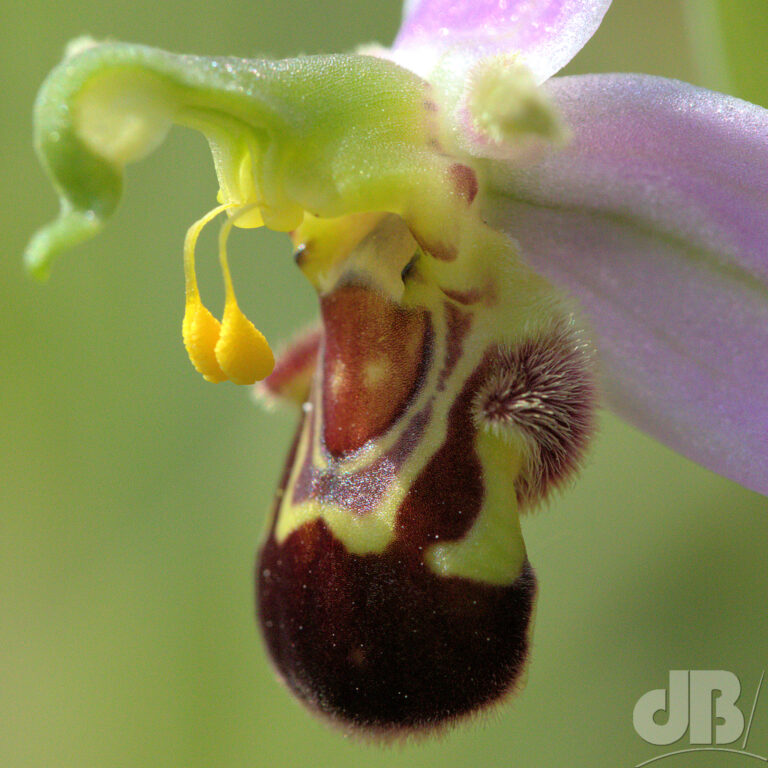
There is a bird that has evolved to look like a snake and so ward off predators. Indeed, not only does it look like a snake when it postures defensively, but it writhes around so that its head really does look like a snake about to pounce.
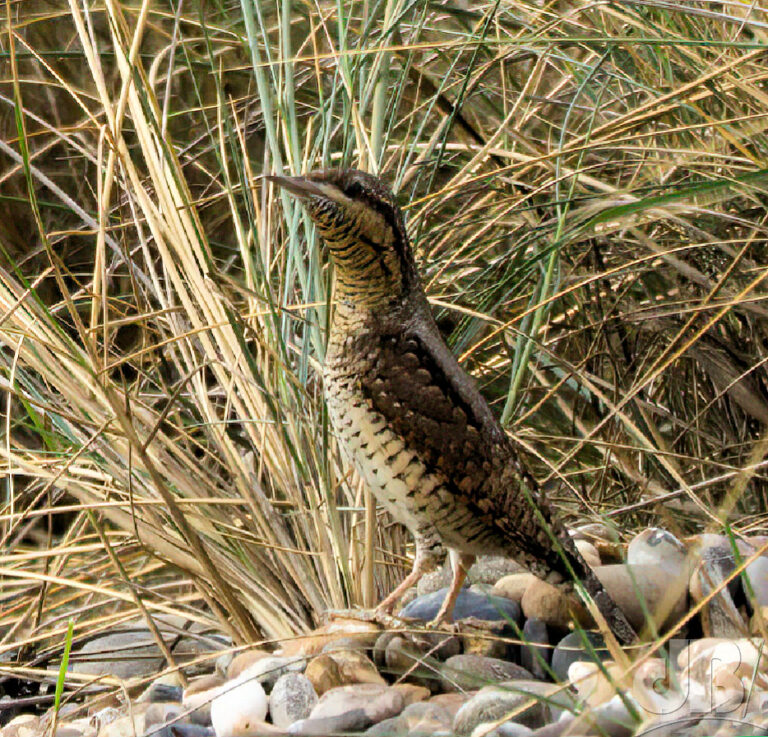
Among the lepidoptera, the moths and butterflies, there are so many disguises it is hard to know where to start. The Bufftip moth resembles a piece of snapped of birch twig while the unrelated Buff Arches resembles a piece of flint on a stony woodland floor.
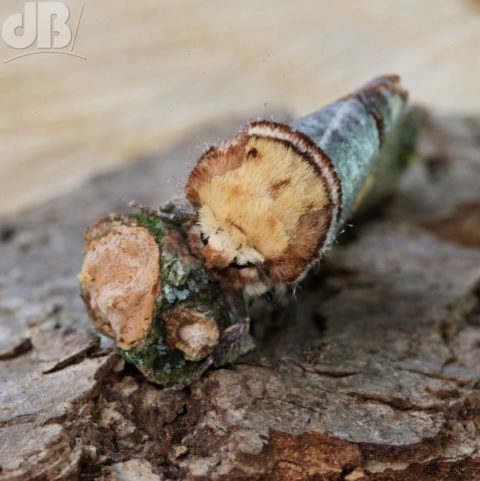
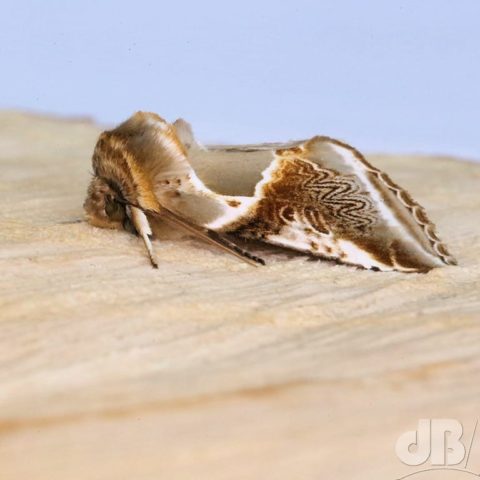
There are so many examples of this faking it camouflage among the Lepidoptera. Perhaps the most obvious examples of this pareidolia are among the species that have “eyes” (ocelli, singular ocellus) on their wings. The European Peacock, for example, roosts with wings closed. The dark undersides are sufficient disguise in the dingy nook of a tree during hibernation but if disturbed it flashes its eyes, which to a bird or other predator look shockingly like a big face staring back, the face of an animal that might fight back rather than a gentle butterfly.
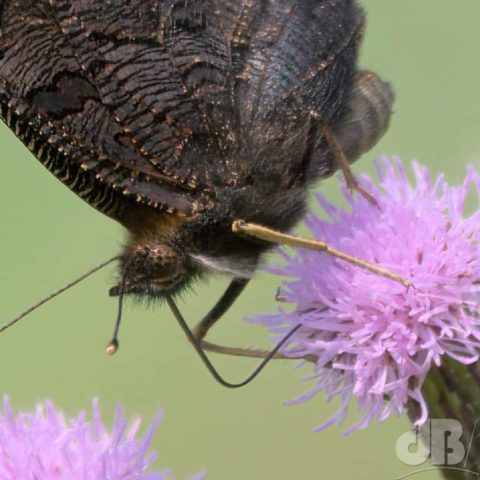
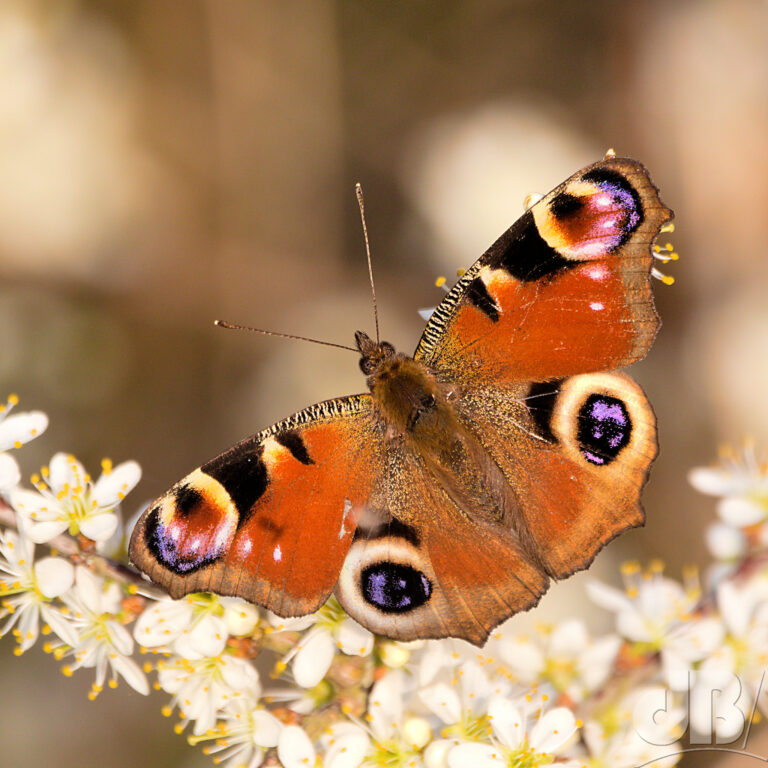
The Emperor moth also has four eyes but does not have the advantage of being able to fold its wings flat against each other. When disturbed or agitated it opens out its wings to reveal four scary eyes staring back at a predator.
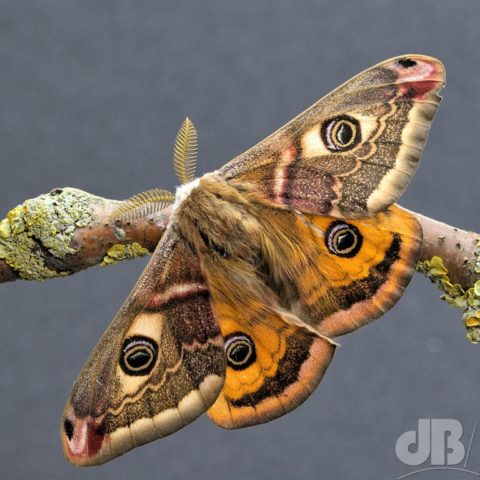
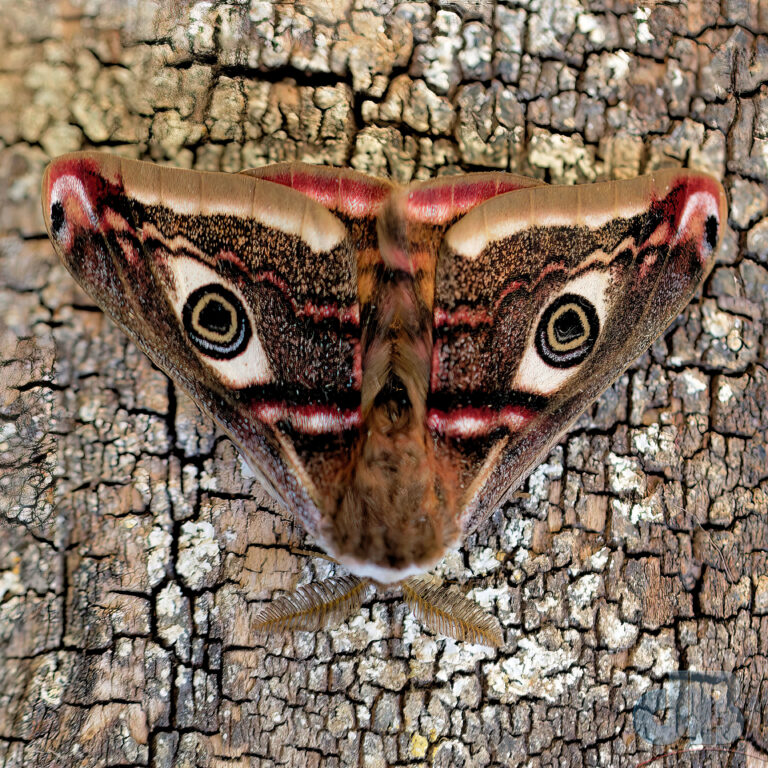
However, even at rest with its forewings covering its hindwings the Emperor is always watchful. Indeed, if one imagines a predator flying into to check out tasty morsels on the heather, it will be shocked to see something resembling a predator staring back at it!